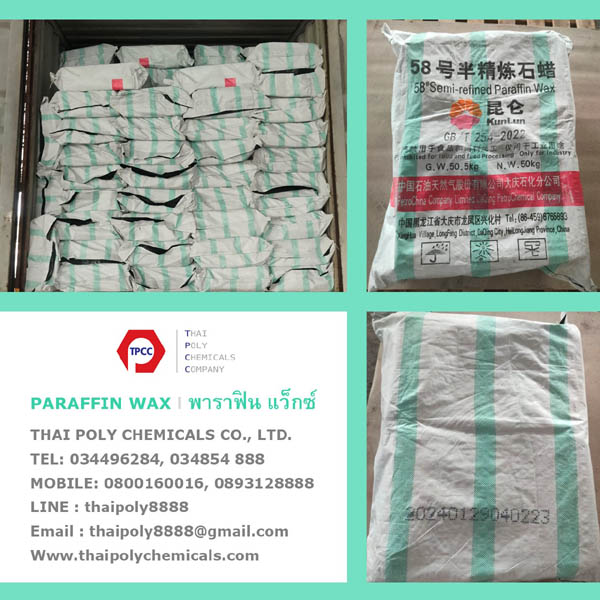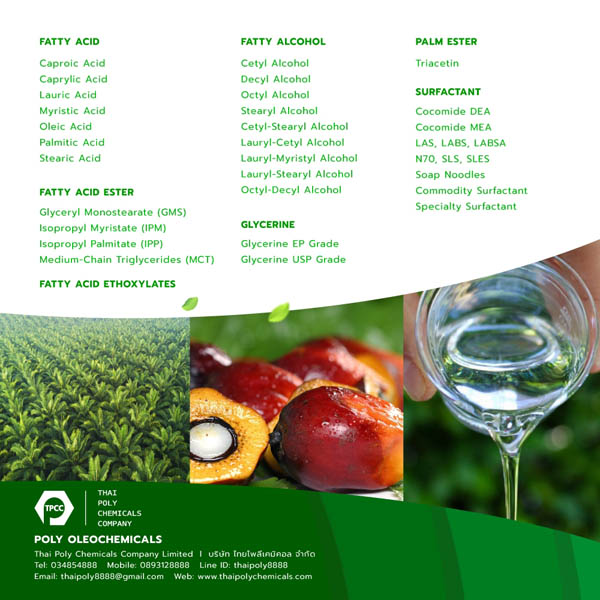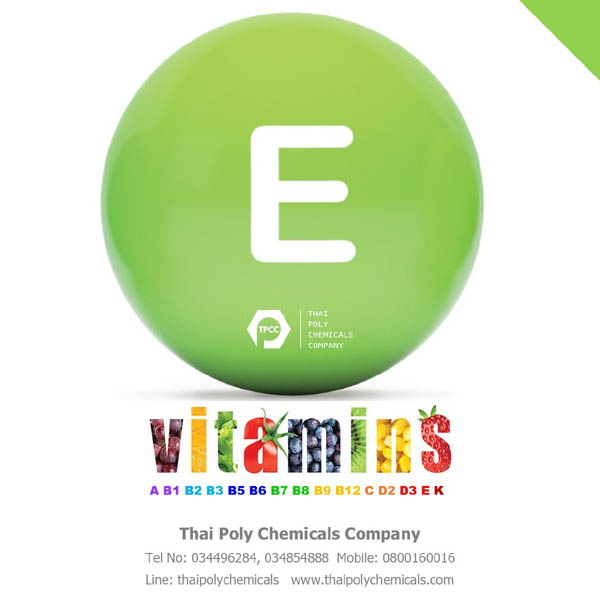What Are The Distinctions Between Wools Like Merino, Which Is Suitable For Women's As Well As Tops, Shirts, Or Shirts For Men? Merino is a popular choice for shirts and tops, both for women and men. It is because of the distinctive characteristics of Merino. It's also a great insulation, and it provides warmth in cold weather. It has the ability to keep air trapped in its fibers and then create a layer insulation that helps to retain body heat. Men and women both benefit from the warmth of Merino tops and shirts.
Merino wool is known for its exceptional moisture-wicking abilities. It is able to absorb moisture from your skin, and release it in the air. This helps keep your skin dry and eliminates the uncomfortable feeling that comes with sweat. It is suitable for men and women who work outdoors or who play sports.
Breathability- Merino wool is extremely breathable, allowing the air to flow and heat to be released when it is it is required. It regulates body temperature and helps prevent excessive heat when working out. This is a feature both men and woman can benefit from, especially when the weather changes or when they perform intense exercise.
Merino Wool is naturally impervious to smells. This is among its best features. It has antimicrobial properties that hinder the growth of odor-causing bacteria and keeps the fabric fresh despite prolonged usage. This is beneficial for males and females as it allows you to wear your clothes for a longer period of time with no worries about smells.
Softness and Comfort: Merino wool is more soft and finer than other types of wool. This makes it more comfortable against your body. The itchiness commonly associated with coarser varieties of wool is absent. Merino wool tops and shirts are soft and comfortable for females and males, particularly when worn close to the skin.
Moisture Retention - Merino wool unlike synthetic materials retains moisture and does not feel wet or uncomfortable. This is an advantage in colder weather because the moisture assists in regulating the temperature. The merino's insulating property is affected by excess moisture.
Merino wool tops and shirts come in various styles and sizes for both males and females. The sleeve and neck lengths are available in different styles to accommodate individual preferences.
Merino is a tough fiber if it is well taken care of. It is resistant to pilling and keeps its shape over time. Both men and women can benefit from this because the tops and shirts are able to keep their shape and performance intact, and can withstand the rigors of frequent usage.
When it comes to Merino wool shirts and tops, the key considerations for both men and women are the water management, insulation, breathability, odor resistance, and overall comfort provided by the material. Fit and style choices are specifically tailored to the preferences and physiques of both genders. Take a look at the recommended
nee ma for site advice including merino wool neck gaiter, arctic norway, yak fiber, best base layers for backpacking, merino wool thermals, best skiing base layer and mens merino wool thermals.
 What Do You Need Be Aware Of About Outdoor Clothing And Insulation Layers?
What Do You Need Be Aware Of About Outdoor Clothing And Insulation Layers? Here are some points you should know about insulation layers in outdoor clothing: Purpose - Insulating layers absorb the body's heat and help provide warmth during colder weather. Insulating layers are designed to regulate body temperature by retaining heat near the body.
Material- Insulating layers are usually made of materials that offer good warmth-to-weight ratios and retain insulation even when wet. Insulating materials commonly used are fleece, down and synthetic. Each one is distinctive and has different advantages.
Fleeceis a popular choice for winter wear. Fleece jackets and pullovers are constructed from synthetic fabrics like polyester. The material offers warmth as well as airflow and moisture drainage. It is often employed as an insulation middle layer.
Down-down insulation is comprised of the soft feathers under the feathers on the outside of birds like geese and ducks. Down has a high warmth-toweight ratio, and is extremely compressible. It is renowned for its excellent insulation qualities, however it is susceptible to losing its insulation if it gets wet.
Synthetic Insulation. Synthetic fibres such as PrimaLoft® or Thinsulatecan be used to replicate the insulation properties of down. Synthetic Insulation retains its warmth even when damp.
Loft- A layer's loft is the amount of thickness and air-tightness of the layer. In general, a loft that is higher suggests greater insulation. However, the loft you want is dependent on the type of situation, the weather, and individual preferences. Insulation layers that are thicker are more efficient at insulating, but also bulkier. They can restrict mobility.
Breathability- Although insulation layers are primarily focused on warmth, it's beneficial to have some level of breathability in order to avoid overheating and moisture buildup. Think about insulating fabrics that have moisture wicking properties to allow perspiration out, especially when you plan to engage in physical activities which generate significant body heat.
Layering Compatibility: Insulating layers are typically used as mid-layers between the base layer and outer shell layer. They must allow for easy layering as well as integrate well with other products within your outdoor gear system. Consider the design and fit of the insulating layer with your base layer and outer shell for maximum comfort and mobility.
Weight and Packability - Consider the weight and packing capacity when selecting an insulation layer. This is especially important if you are anticipating unpredictable weather conditions, or if it is carried in bags. The lightweight and compressible insulation layers are ideal for outdoor activities, and offer the flexibility to layer your layers.
Weather Conditions. The choice of an insulation layer will be determined by the weather conditions that you anticipate. Synthetic-insulated jackets and down jackets that have a higher weight-to-heat ratio could be more suitable in cooler conditions. If the weather is wetter synthetic insulation is the most suitable option. It will retain its insulation properties even after being damp.
Maintenance and CareBe sure to follow the care instructions given by the manufacturer in order to maintain the durability and performance of your insulating layers. Some insulating material, like down, requires a special type of care. It may be necessary to treat it with water repellent coatings or store it in a dry area.
Understanding these factors will help you choose the most appropriate insulation layer that will provide maximum warmth and comfort during the cold winter months. See the top
layer ski for blog info including hooded wool jacket, hiking clothes for women, kora for sale, yak wool socks, wool shirt mens, best wool base layer and kora outdoor.
 What Do You Need To Be Aware Of Regarding The Flexibility Of Layers In Outdoor Apparel?
What Do You Need To Be Aware Of Regarding The Flexibility Of Layers In Outdoor Apparel? The capability to layer clothing is important when selecting outdoor clothes. It's the capability of different garments to be combined and adjusted according to the changing conditions of the weather, levels of activity and individual comfort. What you need to be aware of when it comes to layering: Versatility - By layering, you are able to adapt your clothing to different temperatures and weather conditions. Through layering various clothes, you can adjust your body temperature to stay at a comfortable temperature during outdoor activities.
Base Layer- This is the foundation layer of your layering. It must be tight-fitting and lightweight as well as moisture-wicking to control the moisture. For warmer temperatures, a flexible base layer can be used for use for insulation or as an independent item for different weather conditions.
Mid-layers are designed to offer warmth as well as insulation. They are made of synthetic or fleece insulation. Mid-layers are flexible as they can be taken off or added according to the needs. Flexibility in layering is possible thanks to the weights and thicknesses that are available in mid-layers.
Outer layer or Shell. The outer layer, also called shell provides protection from the elements. It has to be designed to match the layers underneath it, while providing adequate weather protection. The ability of an outer layer is the ability to be worn in a variety of ways or as a final protection layer when worn in conjunction with other layers.
Seek out items with adjustable features, such as hoods and drawcords on the hem or waistband. These features allow you to customize the fitting of your clothing and make it adaptable to changing weather conditions.
Breathability- Achieving optimal layering is possible only with breathable clothing. It is important to let moisture vapor in the outer layer to escape, thereby preventing feeling wet. Ventilation options and breathable fabrics allow you to remain comfortable while taking part in activities of different levels.
Packability- Consider the packability of every layer, particularly in the event of changing weather or carrying extra layers in your backpack. The layers that are lighter and compressible are easier to carry and can be adjusted to your wardrobe as necessary.
Consider Weather and Activity- The flexibility of your layering depends on the activities and the weather conditions you will be experiencing. Hiking, skiing and other outdoor activities will require different combinations of layers. Layers should be picked and adjusted in accordance with the duration, weather conditions and the temperature of your outdoor activities.
Personal Comfort- You can tailor your clothes to meet your personal needs and preferences by layering. Certain individuals might feel warmer or colder than others under similar conditions, so having the ability to adjust layers to suit your needs improves your overall comfort.
Layering is a great way to create a flexible clothes system. It is able to be adjusted to changing weather conditions and provides maximum protection and comfort for your outdoor adventures. Explore different combinations of layers and adjust according to your needs to find the ideal combination for your needs. See the most popular
orizaba climb for more tips including best layers for skiing, base layers for skiing, merino wool base layer womens, merino wool neck gaiter, merino wool thermals, wool cycling and merino wool blend.
 What Should I Know About Men And Women's Neck Gaiters For Skiing And Hiking?
What Should I Know About Men And Women's Neck Gaiters For Skiing And Hiking? You must be aware of the following regarding neck gaiters, both for women and men designed to provide protection, warmth and comfort. They can be used in many different ways. For instance, they can be used as an accessory for a neckwarmer, face-cover or headband. This makes them ideal for a variety of activities and weather conditions.
Material - Neck gaiters constructed of nylon or polyester are usually quick drying and moisture-wicking. They also offer breathability. Some gaiters are made with a small amount of spandex and elastane for more stretch and better fit.
Insulation - Determine the amount of insulation you'll need based on your activity and the weather conditions. The more thick neck gaiters that have fleece lining offer warmth even in colder weather. The thinner gaiters, however, offer greater airflow and are better suited for milder weather conditions.
Moisture management - You need neck gaiters that keep you dry and cool while exercising. The fabric needs to efficiently draw away moisture from the skin to allow it evaporation. This can prevent the accumulation of sweat, and also reduces the risk of chills.
Breathability. Neck gaiters need to breathe in a way that they can avoid discomfort and buildup of heat when exercising. Gaiters composed of breathable fabric or mesh panels will promote airflow and warmth while providing protection.
UV Protection - If you'll be exposed to sunlight while hikes or skiing, think about neck gaiters with built-in UPF (Ultraviolet Protection Factor) to protect your skin from harmful UV rays.
The neck gaiters you select should fit your neck and face comfortably. Gaiters must have adjustable or stretch features to ensure a snug fit. This will allow for flexibility and a variety of designs for wearing. The right fit protects from the cold and dust.
Style and Design. Neck gaiters come in many different designs and patterns to suit your tastes. Reflective elements can improve your visibility at night, and reversible styles offer more versatility.
Simple to use- Neck gaiters must be simple to put on and take off particularly if you're wearing gloves or another layer. Certain gaiters have drawstrings and adjustable closures to ensure an ideal fit.
Durability: Select neck gaiters made of strong stitches and high-quality material to ensure long-lasting durability and long-lasting. It is essential to take into consideration this when you are engaged in outdoor activities, where gaiters are subject to friction, abrasion or stretching.
Maintenance and care- Be sure you follow the guidelines from the manufacturer regarding cleaning and maintaining neck gaiters. Certain gaiters are machine washable while others need hand washing. The gaiter will maintain its quality and performance if it is maintained properly.
In selecting a neck gaiter it is important to consider your particular needs and the circumstances of the weather. If you choose the appropriate material size, insulation level and other options it is possible to locate an appropriate neck gaiter that provides comfort, protection and flexibility during your skiing and hiking adventures. Read the most popular
yak's wool for site examples including thermal wear near me, merino base layers, merino wool thermals, wool baselayer, yak wool, kora.com and wool base layers.



























































































































%20TPCC2.jpg)





























































































































































%20TPCC2.jpg)


































